Scientific Name: Phocoena phocoena (Linnaeus, 1758).
Common Name: Harbour porpoise.
Classification: Odontoceti, family Phoeconidae.
Physical notes: Up to 2 m and 70 kg with robust bodies and rounded head. It is easily distinguished by its triangular fin and brownish pattern.
Distribution and habitat use: Found in cold temperate to sub-polar waters of the Northern Hemisphere. They are usually found in continental shelf waters (up to 200 m deep), although they occasionally travel over deeper offshore waters. They can enter ports, estuaries and large rivers. Resident species, found all year in Sagres.
Group size: Normally seen singly or in small groups of less than 8 individuals, with some records of up to several hundred animals. Group composition is relatively fluid, but usually segregated by gender, age, and reproductive condition.
Life span: 10-20 years.
Gestation period: ca. 10 – 11 months. Juveniles reach maturity at 3 – 5 years. Births take place from May till September. Juveniles are weaned after 7 – 10 months.
Diet and Feeding: Depending on the region, feed opportunistically on schooling fish, cephalopods, and small crustaceans. Usually forage near seabed. They can dive up to 220 m and hold their breath up to 12 min.
Typical Behaviour: Very “shy”, almost always avoiding boats. Usually all that is seen is the small triangular dorsal fin breaking the surface.
Population: ca. 1 million worldwide (based on available data). Population trend unknown.
Threats: Habitat degradation, prey depletion, pollution, and by-catch which mostly lead to death. It is the second species with the biggest stranding record on the Portuguese coast (after common dolphin).
IUCN status: Least concern for overall species worldwide (2020). Few European sub-populations are Critically Endangered, including Portuguese (2023), which dramatically dropped in genetic diversity in just 25 years, indicating significant risk of extinction.
Carwardine, M. (2022). Whales, Dolphins and Porpoises. Bloomsbury Wildlife. London, United kingdom.
Ferreira, M., Eira, C., López, A., & Sequeira, M. (2023). Phocoena phocoena boto. In Mathias, M. L. (coord.), Fonseca, C., Rodrigues, L., Grilo, C., Lopes-Fernandes, M., Palmeirim, J. M., Santos-Reis, M., Alves, P. C., Cabral, J. A., Ferreira, M., Mira, A., Eira, C., Negrões, N., Paupério, J., Pita, R., Rainho, A., Rosalino, L. M., Tapisso, J. T., & Vingada, J. (eds.): Livro Vermelho dos Mamíferos de Portugal Continental. Fciências.ID, ICNF, Lisboa.
Shirihai, H. (2006). Whales, Dolphins and Seals: A Field Guide to the Marine Mammals of the World. Bloomsbury Wildlife. London, United Kingdom.
Still, R., Harrop, H., Stenton, T., & Dias, L. (2019). Europe’s Sea Mammals Including the Azores, Madeira, the Canary Islands and Cape Verde: A field guide to the whales, dolphins, porpoises and seals. Princeton University Press.
